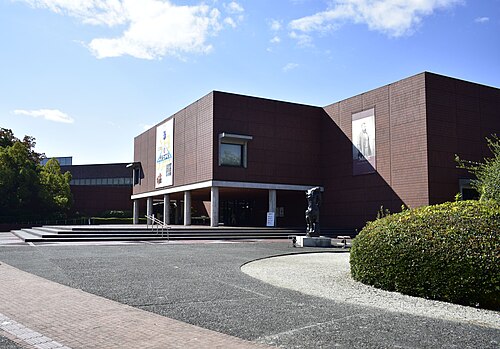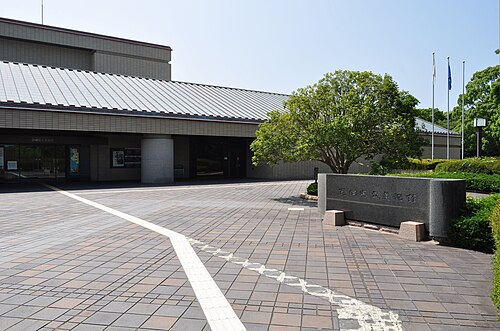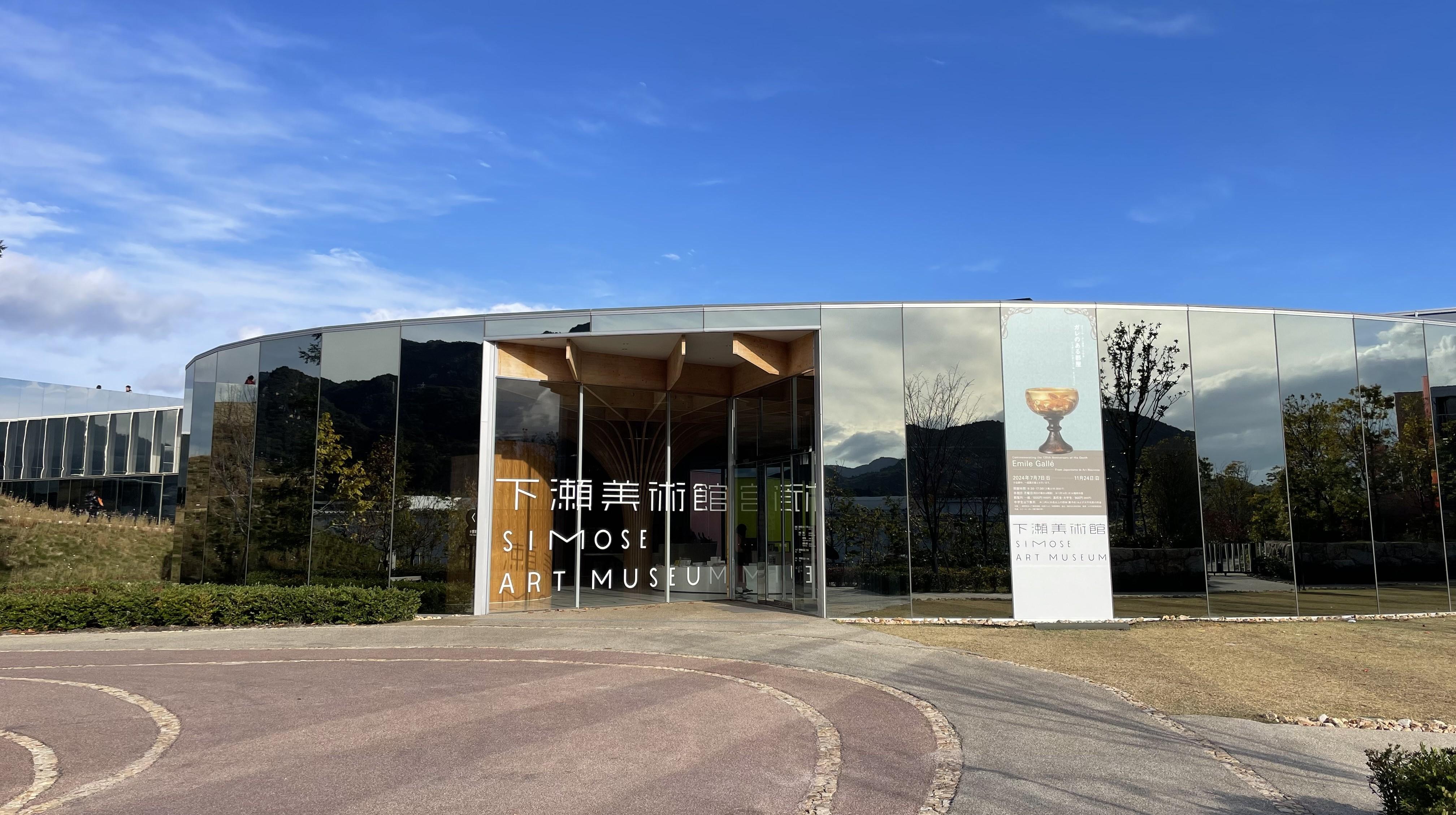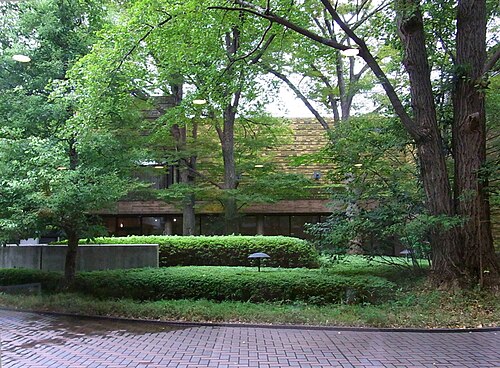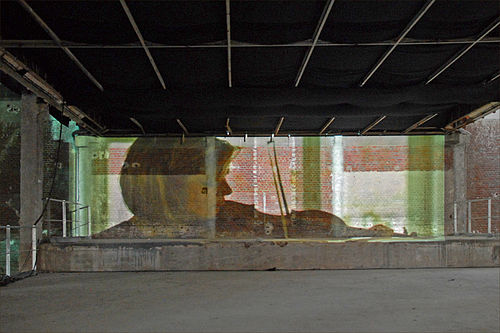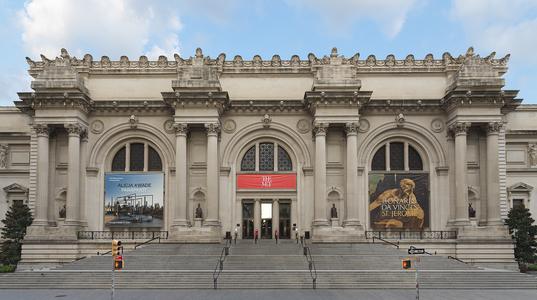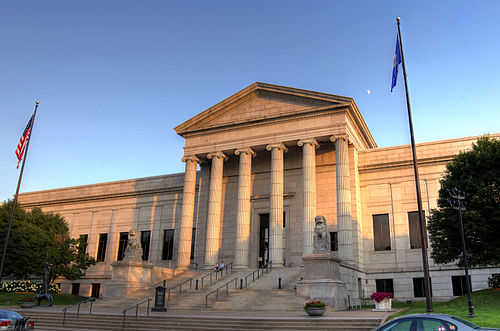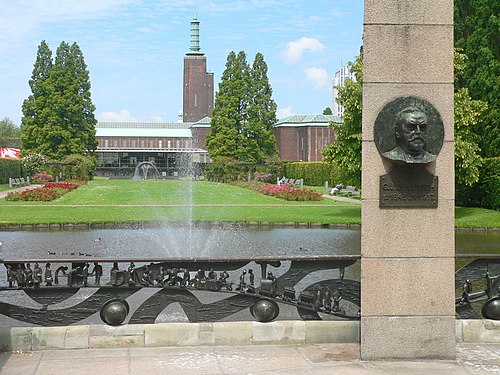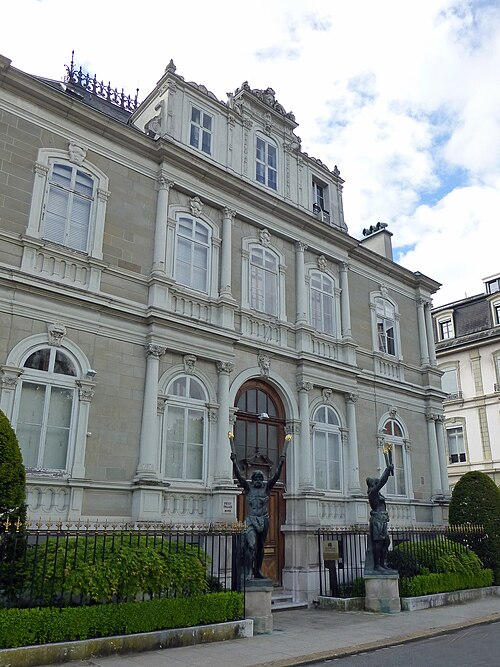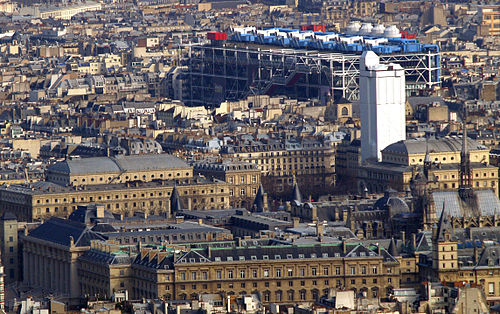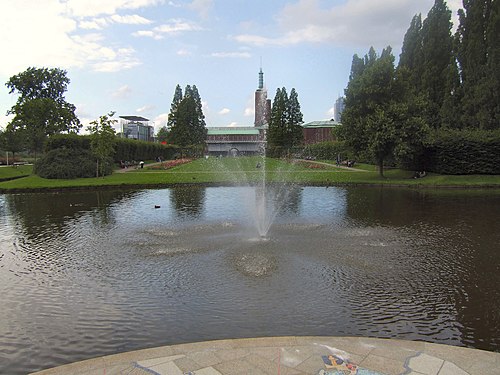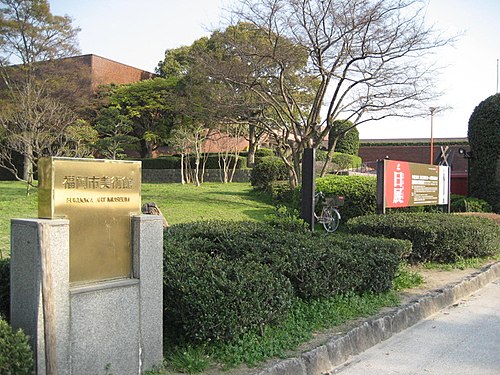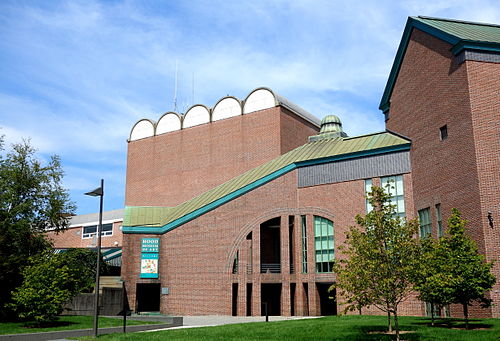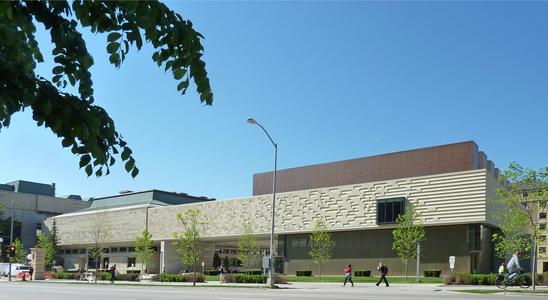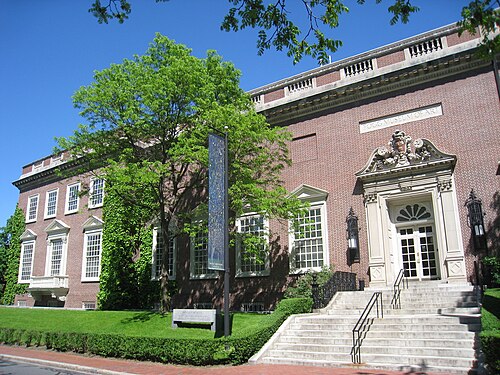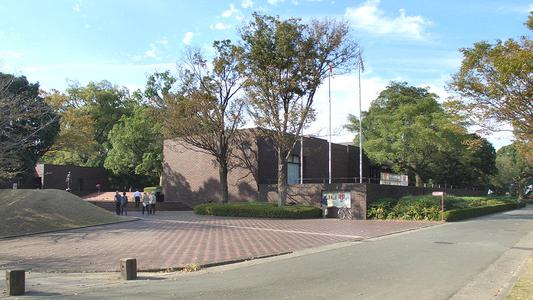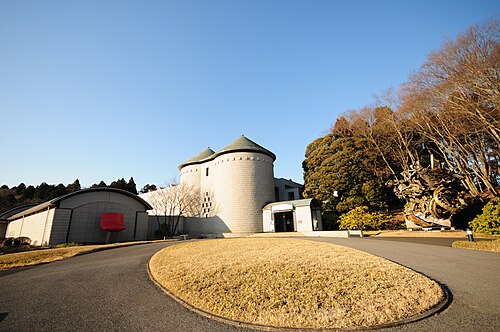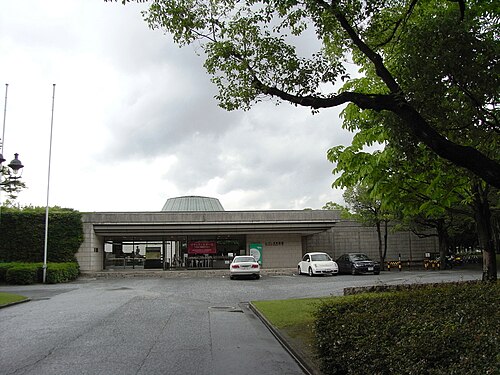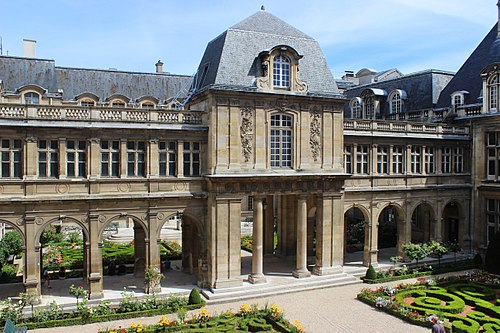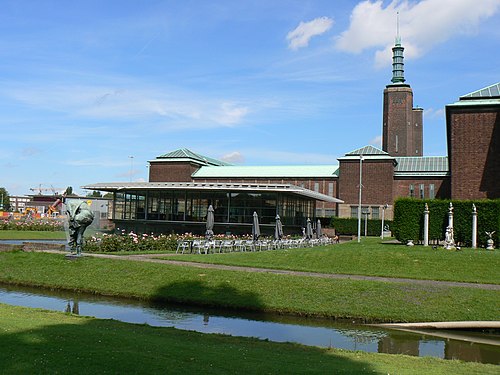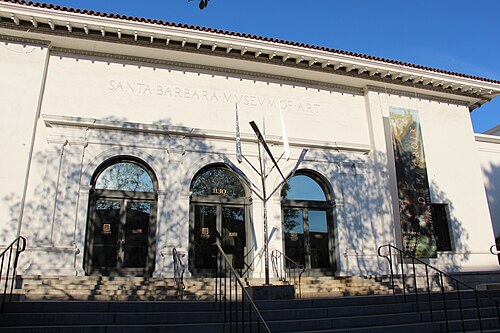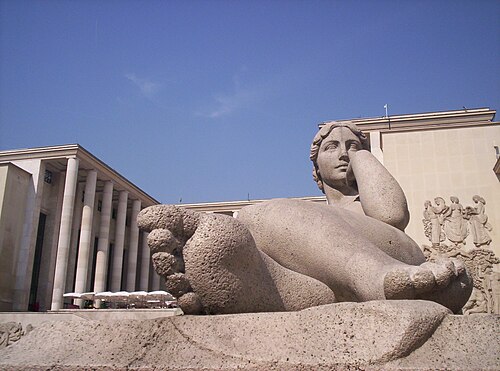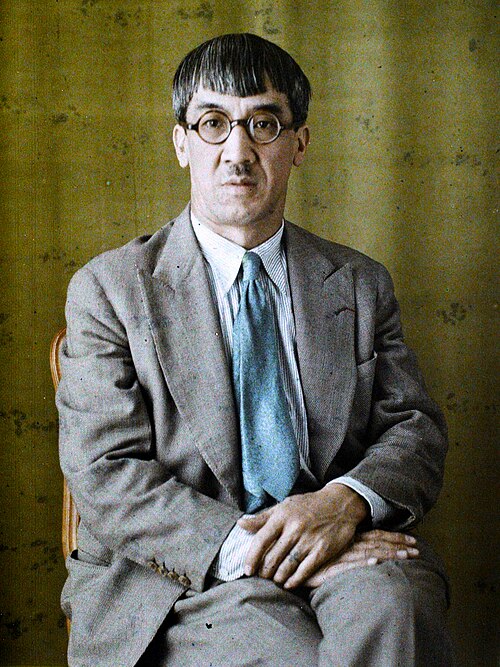
Tsuguharu Foujita
1886
- 1968
Léonard Tsuguharu Foujita (藤田 嗣治, Fujita Tsuguharu; 27 November 1886 – 29 January 1968) was a Japanese-French painter. After studying Western-style painting in Japan, Foujita travelled to Paris, where he encountered the international modern art scene of the Montparnasse neighbourhood and developed an eclectic style that borrowed from both Japanese and European artistic traditions.
With his unusual fashion and distinctive figurative style, Foujita reached the height of his fame in 1920s Paris. His watercolour and oil works of nudes, still lifes, and self-portraits were a commercial success and he became a notable figure in the Parisian art scene.
Foujita spent three years travelling through South and North America before returning to Japan in 1933, documenting his observations in sketches and paintings. Upon his return home, Foujita became an official war artist during World War II, illustrating battle scenes to raise the morale of the Japanese troops and citizens. His oil paintings won him acclaim during the war, but public perception became controversial following the Japanese defeat.
Without significant prospects in the post-war Japanese art scene, Foujita returned to France in 1950, where he would spend the rest of his life. He received French nationality in 1955 and converted to Catholicism in 1959. His latter years were spent working on the frescoes for a small, Romanesque chapel in Reims that he had constructed. He died in 1968, shortly after the chapel officially opened.
In France, Foujita is remembered as part of the années folles of the 1920s, but public opinion of him in Japan remains mixed due to his monumental depictions of the war. Retrospective exhibitions organised since 2006 in Japan have sought to establish Foujita's place in Japanese twentieth-century art history.
Source :
Wikipedia
Filter





